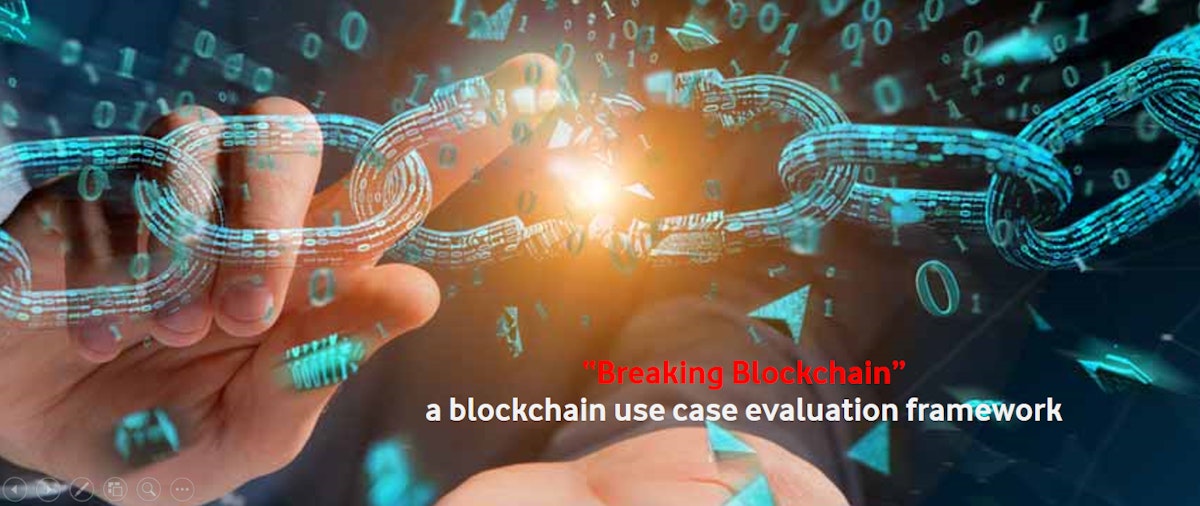3,205 reads
Breaking Blockchain — A Framework to Evaluate Blockchain Use Cases

Leo is a savvy, accomplished, Head of Consulting, Innovation & Business Development highly regarded
About @leo_jiang
LEARN MORE ABOUT @LEO_JIANG'S
EXPERTISE AND PLACE ON THE INTERNET.
EXPERTISE AND PLACE ON THE INTERNET.
L O A D I N G
. . . comments & more!
. . . comments & more!

